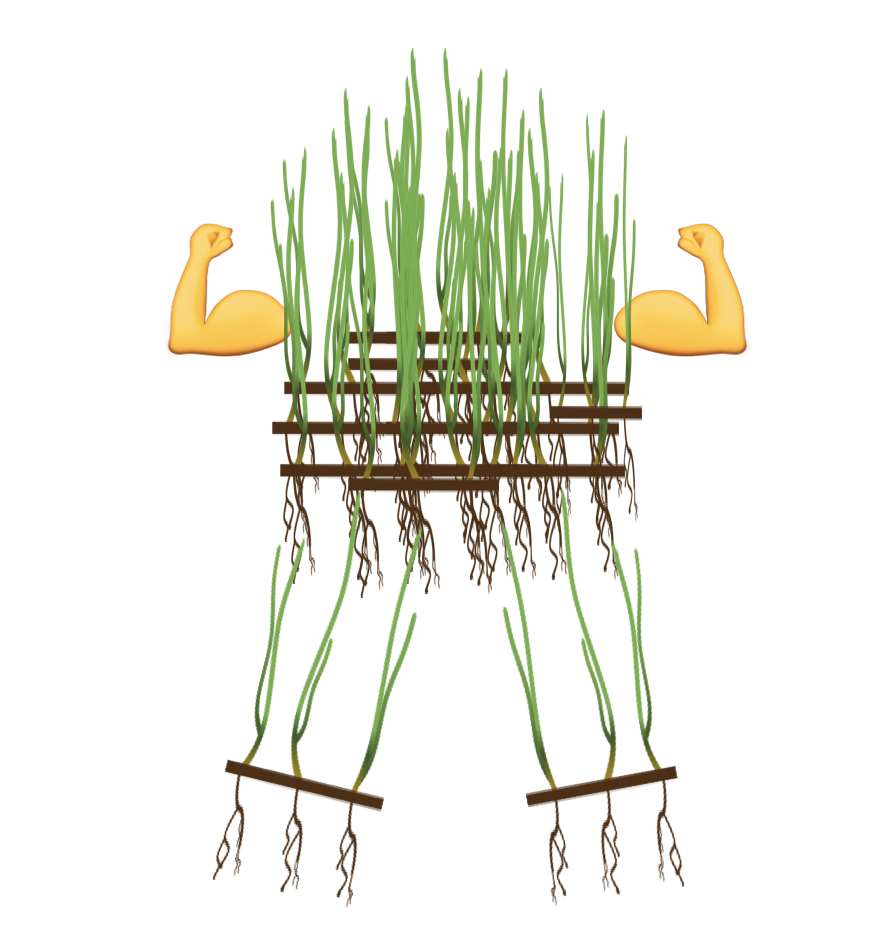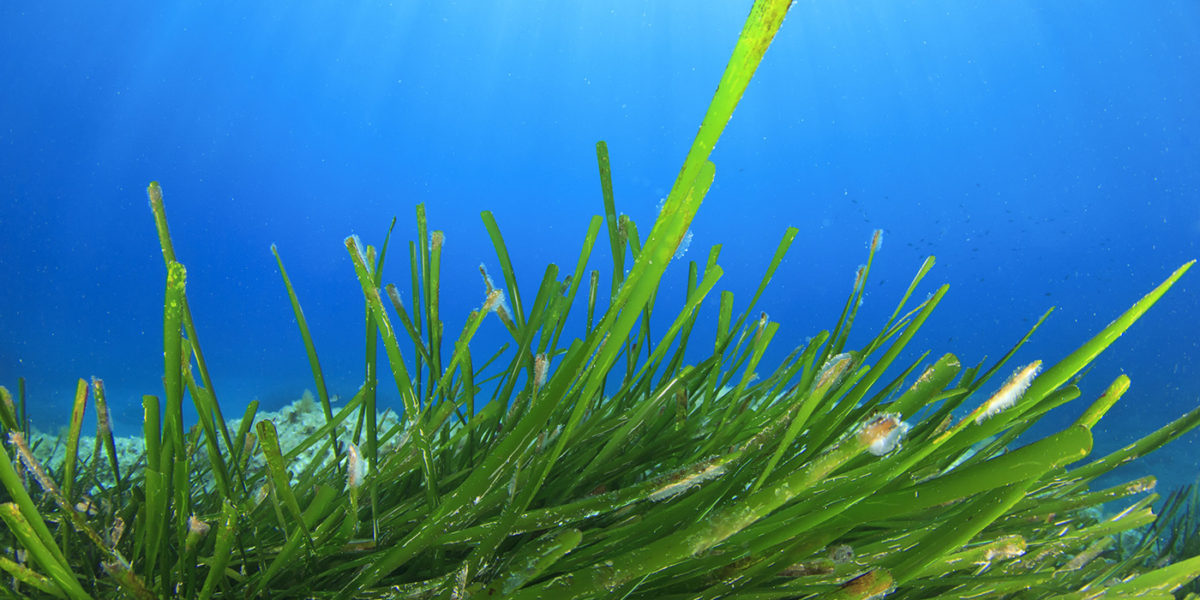Seagrasses are aquatic flowering plants that are found along a broad latitudinal range. As one of the planets most effective and efficient coastal systems for carbon sequestration, proper conservation and management of seagrass meadows is critical to combat the global loss of seagrasses. Carbon storage is one of many ecosystem services provided by seagrass beds. Seagrasses also provide a nursery ground for commercially and recreationally harvested species of fishes and invertebrates, serve as a storm buffer to developed coastlines and improve water quality (Figure 1).
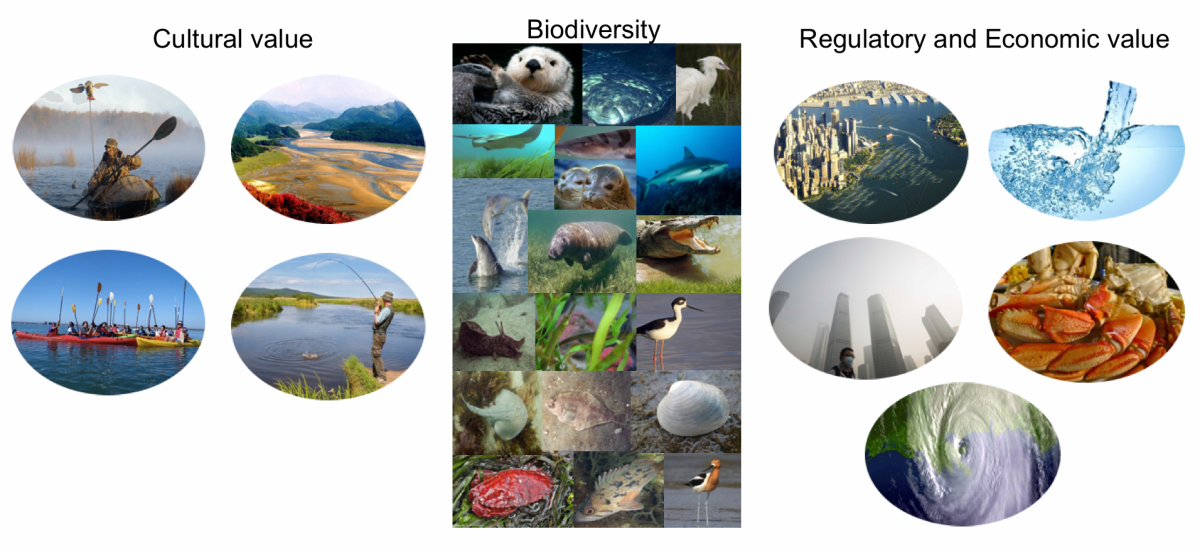
Figure 1. Ecosystem services and functions of seagrass systems. Cultural value of seagrass habitat include the aesthetic value of seagrass meadows, recreational activities such as hunting, fishing and kayaking and the utility of harvested seagrass for fodder, bedding, fertilizer and mulch. The regulatory and economic value of seagrasses include, but are not limited to acting as a storm buffer to developed coastlines via wave attenuation, sequestering carbon, improving water quality and providing habitat for commercially and recreationally harvested species.
Due to high light requirements, seagrass spatial extent is limited in part by the clarity of coastal waters. Water that is too murky attenuates or blocks sunlight from reaching seagrass blades, inhibiting seagrass photosynthesis. Poor water clarity can cause seagrass dieback, narrowing of spatial extent to shallower waters and ultimately seagrass loss.
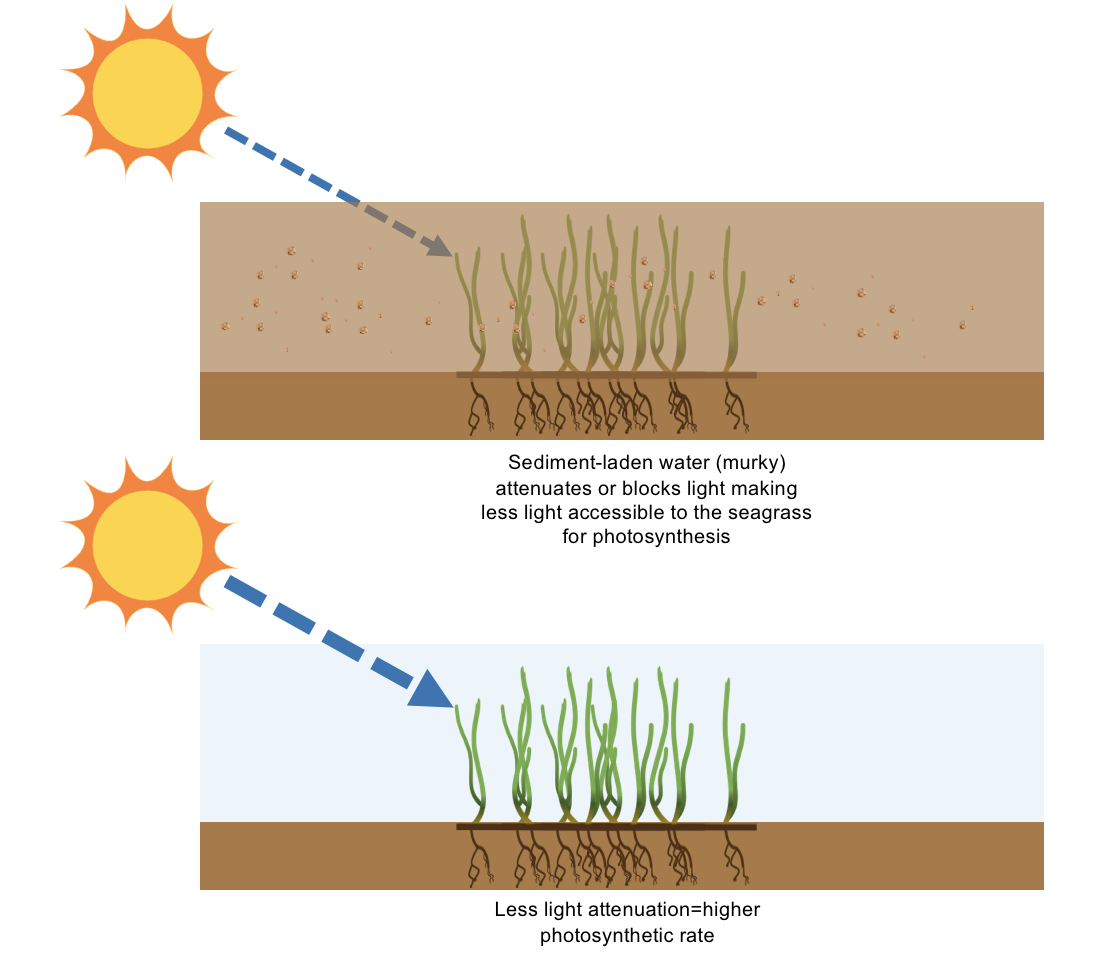
Figure 2. The importance of water clarity for thriving seagrass beds. The top panel shows how little light is able to make its way through the water column (indicated by the boldness of the dotted arrow) when the water is murky, or turbid. This can hinder photosynthesis and cause seagrass beds to contract. The bottom panel shows how improved water clarity can allow more light to penetrate to the seagrass bed (indicated by the boldness of the dotted arrow). Improved water clarity also means that more light can reach deeper depths, this can trigger an expansion of seagrass into deeper waters through clonal or vegetative growth.
But, seagrasses are also autogenic ecosystem engineers. Meaning they alter their own physical environment and initiate processes and feedbacks that have the potential to ensure their own persistence. The physical structure of seagrasses slows the flow of water as it moves across the seagrass bed. Suspended particles within the water column are then able to drop out and settle on the seagrass bed floor. This trapping of sediment can improve water clarity by settling particles that make the water more murky. More light is then able to penetrate to deeper depths.
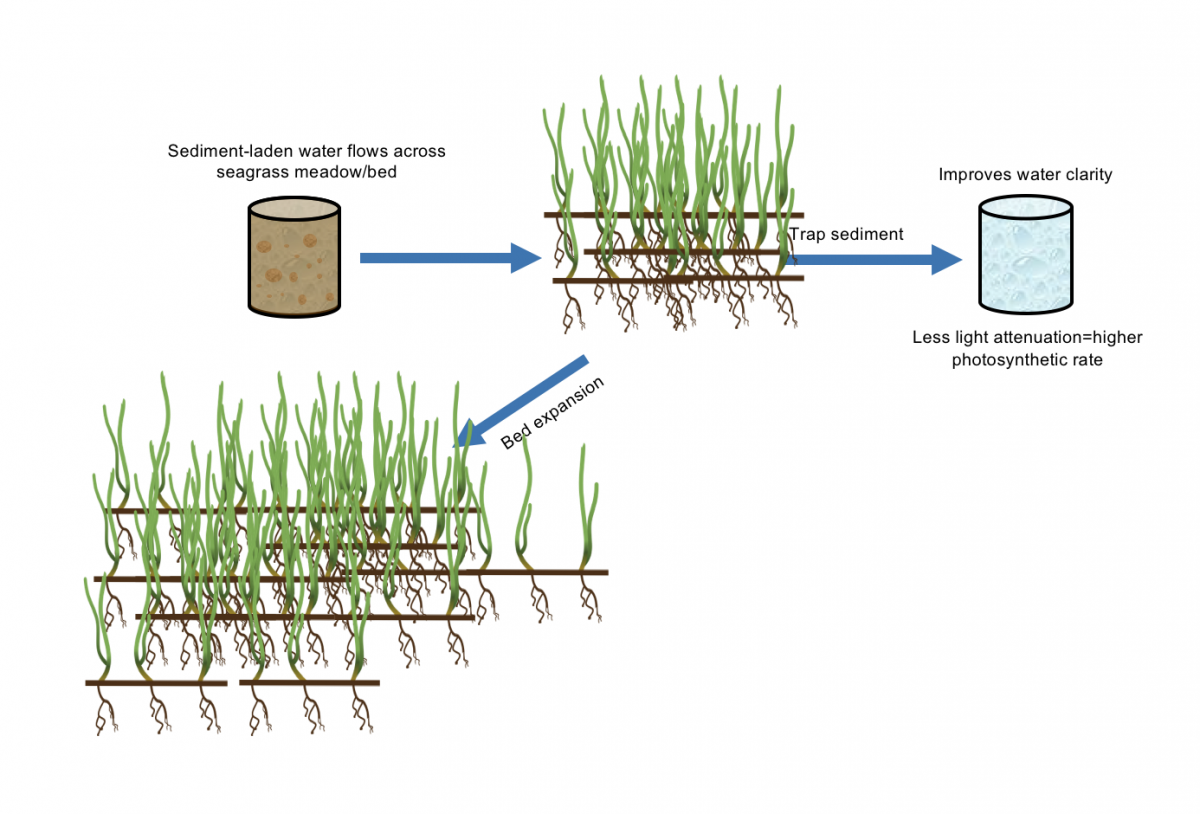
In many coastal cities, agricultural, urban and industrial runoff flow through our estuaries before making their way to the open coast. Water that flows from the watershed is often sediment-laden and nutrient-rich.
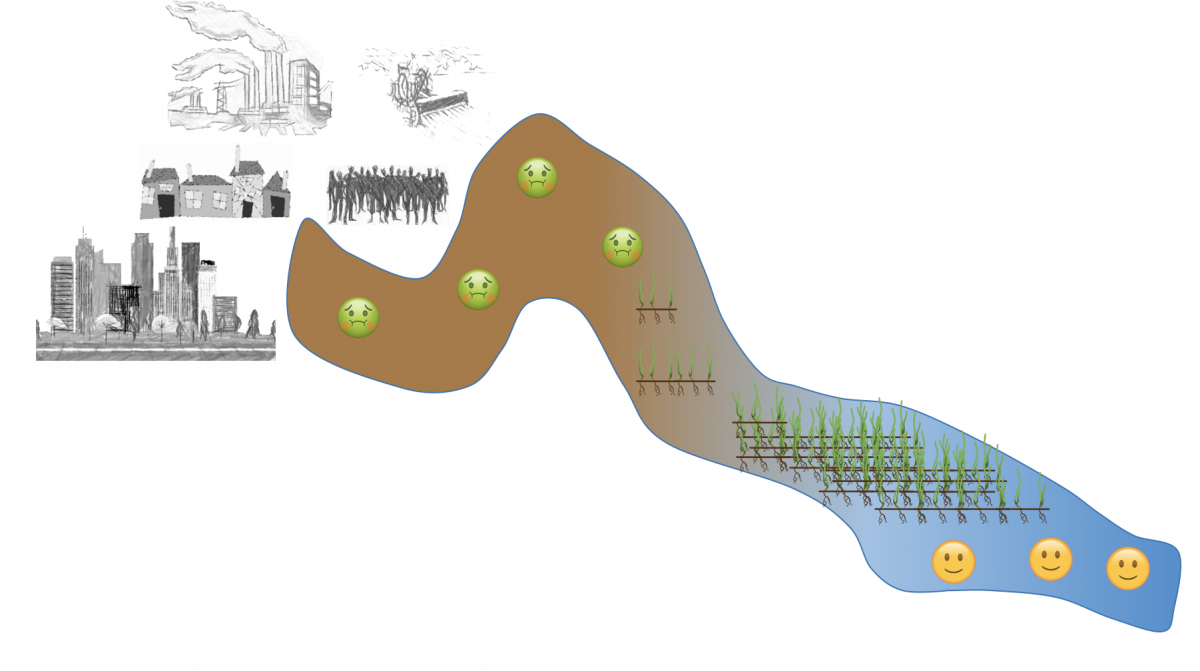
In many systems, vegetated estuarine habitats such as salt marshes and seagrass beds act as a natural water filtration system—where sediment and nutrient-rich water flows in and cleaner water flows out. Seagrasses are capable of both increasing the pH and concentration of dissolved oxygen in the water overlying the seagrass (Figure 3).
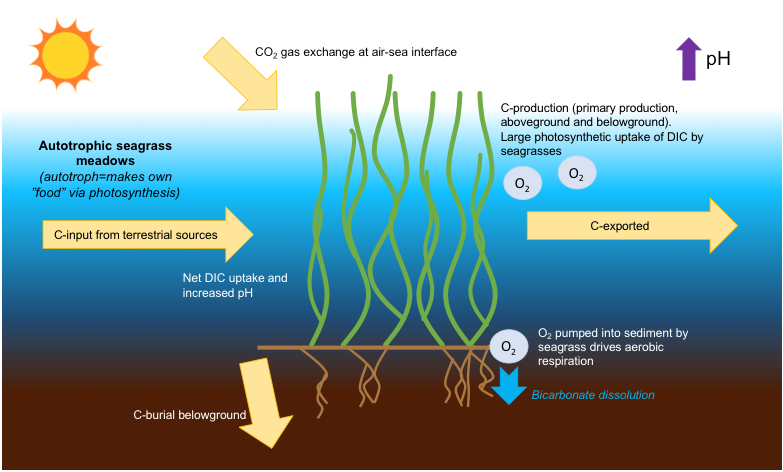
Figure 3. How seagrasses produce oxygen and increase pH of surrounding waters.
So how do seagrasses take-up nutrients? The rate of nutrient uptake depends on many factors; water velocity, how much nutrients are in the water versus in the plant and the diffusive boundary layer, which is influenced by both water velocity, wave motion and the nutrient concentration and gradient from the water to the leaf.
And so, on #WorldWaterDay let’s all take a moment to appreciate the busy job seagrasses have in helping maintain or create clean coastal waters upon which we rely on both from a public health perspective and for the many economic linkages that rely on a healthy coastline. You can learn more about the benefits of seagrass and even plant some to offset your carbon footprint with The Ocean Foundation’s SeaGrass Grow blue carbon offset program.
